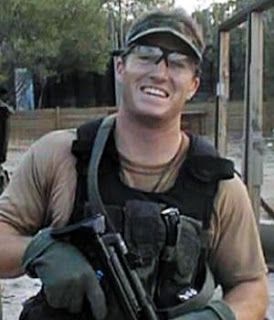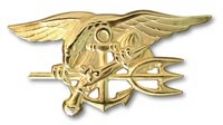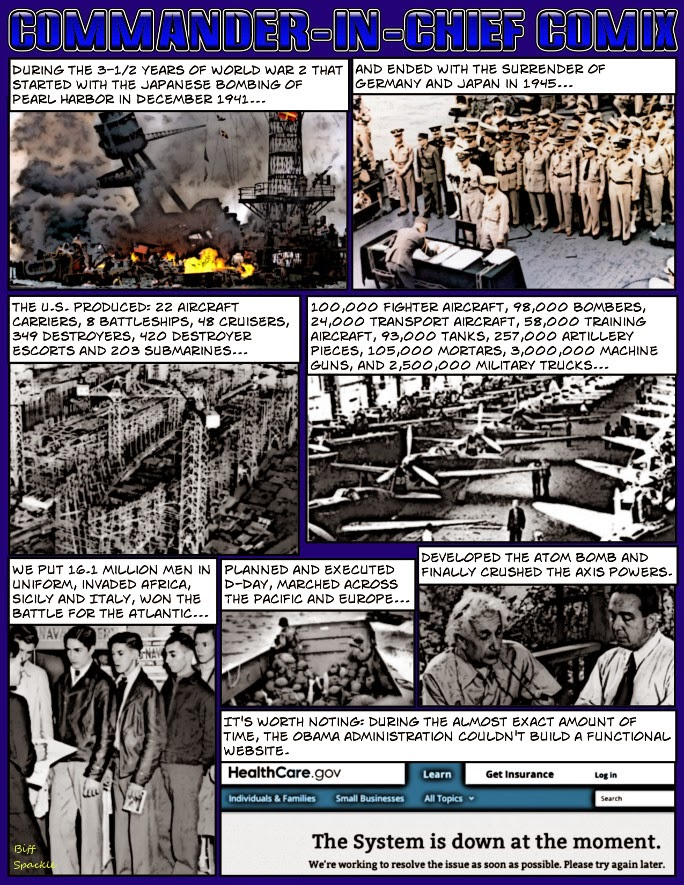Skip to comments.
New U.S. Stealth Jet Can’t Hide From Russian Radar
The Daily Beast ^
| April 28, 2014
| Bill Sweetman
Posted on 04/27/2014 11:56:53 PM PDT by wetphoenix
America’s gazillion-dollar Joint Strike Fighter is supposed to go virtually unseen when flying over enemy turf. But that’s not how things are working out.
The F-35 Joint Strike Fighter—the jet that the Pentagon is counting on to be the stealthy future of its tactical aircraft—is having all sorts of shortcomings. But the most serious may be that the JSF is not, in fact, stealthy in the eyes of a growing number of Russian and Chinese radars. Nor is it particularly good at jamming enemy radar. Which means the Defense Department is committing hundreds of billions of dollars to a fighter that will need the help of specialized jamming aircraft that protect non-stealthy—“radar-shiny,” as some insiders call them—aircraft today.
These problems are not secret at all. The F-35 is susceptible to detection by radars operating in the VHF bands of the spectrum. The fighter’s jamming is mostly confined to the X-band, in the sector covered by its APG-81 radar. These are not criticisms of the program but the result of choices by the customer, the Pentagon.
To suggest that the F-35 is VHF-stealthy is like arguing that the sky is not blue—literally, because both involve the same phenomenon. The late-Victorian physicist Lord Rayleigh gave his name to the way that electromagnetic radiation is scattered by objects that are smaller than its wavelength. This applies to the particles in the air that scatter sunlight, and aircraft stabilizers and wingtips that are about the same meter-class size as VHF waves.
The counter-stealth attributes of VHF have been public knowledge for decades. They were known at the dawn of stealth, in 1983, when the MIT’s Lincoln Laboratory ordered a 150-ft.-wide radar to emulate Russia’s P-14 Oborona VHF early warning system. Lockheed Martin’s Fort Worth division—makers of the F-35—should know about that radar—they built it.
(Excerpt) Read more at thedailybeast.com ...
TOPICS: Business/Economy; Foreign Affairs; Government; War on Terror
KEYWORDS: airspace; f35; jsf; military; navy; usaf
Navigation: use the links below to view more comments.
first previous 1-20, 21-34 last
To: SampleMan
Large wavelength radar systems require large antennas and these are HARM magnets any time that they turn on. There's large antennas and then there are large antennas.
Consider a VHF phased array radar whose elements are dispersed over an area, such that any particular HARM missile would only disable one element, and thus only slightly degrade the radar.
Even if VHF radar doesn't have the resolution to locate the target precisely enough for missile targeting, it CAN be used to vector fighters to the general location, which can then visually locate the aircraft, use their onboard radar (stealthyness decreases the closer the radar gets to you), or use other technology, like LIDAR or IR tracking, against which radar stealth may be useless.
21
posted on
04/28/2014 6:57:07 AM PDT
by
PapaBear3625
(You don't notice it's a police state until the police come for you.)
To: PapaBear3625
True, in which case there’ll be F-35 losses.
But what happens when the F-35s are flying with F-22s as escort or providing general area top cover? With E-3s monitoring and controlling the engagement?
The F-117 and B-2 have, IMHO, created a misperception that the role of stealth attack aircraft is to operate alone on high risk deep penetration missions against high value targets. That’s NOT what the F-35 is designed to do. It’s designed to act as a light strike fighter bomber (more A-7 than F/A-18) in a tightly integrated combat environment.
The “traditional” lone wolfish stealth attack missions will be left to B-2s and stealthy UCAVs. Like the two different types that have recently been photographed in flight over the Midwestern and Southeastern US.
To: PapaBear3625
Antenna dispersion networks, like cell phone towers, work well for receiving, but don't offer the transmission power required; and its the transmitter that is going to suck up the HARMS. Such networked systems, that are totally dependent upon time of arrival, are also inherently open to spoofing; i.e. if I can easily provide 1000 false targets, I don't need to worry about being stealthy or jamming.
Enemy fighters are always a threat. Going to guns on a B-2 bomber is obviously going to make stealth a non-issue. But as impressive as LIDAR is, I'd hate to rely on it alone against enemy fighters that have AWACS support and advanced radar.
23
posted on
04/28/2014 7:28:28 AM PDT
by
SampleMan
(Feral Humans are the refuse of socialism.)
To: PapaBear3625
I misunderstood your post with my first reply. You are talking about a very, very large phased array transmitter.
Interesting, but I think your wavelengths would be so huge (HF), that the returns would be close to unusable. Obviously it would require a tight Doppler filter, but you’d still be picking up all returns from thousands of miles away (perhaps even world wide). That would mean you’d have to send out single-pulses, seconds apart, to eliminate pulse to pulse return confusion. Because of ground reflection and atmospheric bending accuracy would be in miles or tens of miles.
24
posted on
04/28/2014 7:38:59 AM PDT
by
SampleMan
(Feral Humans are the refuse of socialism.)
To: PapaBear3625
And yes, a large HF antenna would not be a HARM magnet for a variety of reasons, but such a very large antenna would be a cruise missile and JDAM magnet.
25
posted on
04/28/2014 7:41:31 AM PDT
by
SampleMan
(Feral Humans are the refuse of socialism.)
To: G Larry
you’re right, 0bammy entered office with 5113 warheads... as he disclosed that TS info in June 2010. this was down from the 23k+ we had in 1995
last count has our numbers around 350.
26
posted on
04/28/2014 12:07:40 PM PDT
by
sten
(fighting tyranny never goes out of style)
To: sten
Source please?
Your numbers are nuts.
We have more than that on Trident SLBMs.
We have more than that on MM III ICBMs.
Not to mention the numbers of various weapons mounted in and under a variety of aircraft.
27
posted on
04/28/2014 12:14:37 PM PDT
by
G Larry
(In the beginning there was "Right" and "Wrong" and we've been compromising in the "Wrong" direction)
To: tanknetter
Two engines are still better than one. The F35 should have been a replacement for the Harriers we have. Does not make much sense to go partial stealth with such a small payload. The strike version of the F22 can carry more ordinance plus carry more air to air.
28
posted on
04/28/2014 6:00:25 PM PDT
by
USAF80
To: wetphoenix; blueyon; KitJ; T Minus Four; xzins; CMS; The Sailor; ab01; txradioguy; Jet Jaguar; ...
29
posted on
04/28/2014 6:01:44 PM PDT
by
Jet Jaguar
(Resist in place.)
To: Jet Jaguar
And for this turkey we shelved the F-22. The Chinese are licking their chops.
 |
 |

America demands Justice for the Fallen of Benghazi! |
 |
 |
O stranger, tell the Lacedaemonians that we lie here, obedient to their command.
Listen, O isles, unto me; and hearken, ye people, from far; The LORD hath called me from the womb; from the bowels of my mother hath he made mention of my name. (Isaiah 49:1 KJV)
30
posted on
04/28/2014 6:14:26 PM PDT
by
ConorMacNessa
(HM/2 USN, 3/5 Marines RVN 1969 - St. Mlichael the Archangel defend us in Battle!)
To: wetphoenix
Take the article with a grain of salt. The author doesn't know what the hell he is talking about or was fed bad information.
Either way its pure bullsh*t

31
posted on
04/28/2014 6:20:06 PM PDT
by
darkwing104
(Forgive but don't forget)
To: All
32
posted on
04/28/2014 6:26:14 PM PDT
by
musicman
(Until I see the REAL Long Form Vault BC, he's just "PRES__ENT" Obama = Without "ID")
To: musicman
I’m going to borrow this.
33
posted on
04/28/2014 6:37:57 PM PDT
by
USAF80
To: USAF80
34
posted on
04/28/2014 6:54:41 PM PDT
by
musicman
(Until I see the REAL Long Form Vault BC, he's just "PRES__ENT" Obama = Without "ID")
Navigation: use the links below to view more comments.
first previous 1-20, 21-34 last
Disclaimer:
Opinions posted on Free Republic are those of the individual
posters and do not necessarily represent the opinion of Free Republic or its
management. All materials posted herein are protected by copyright law and the
exemption for fair use of copyrighted works.
FreeRepublic.com is powered by software copyright 2000-2008 John Robinson







